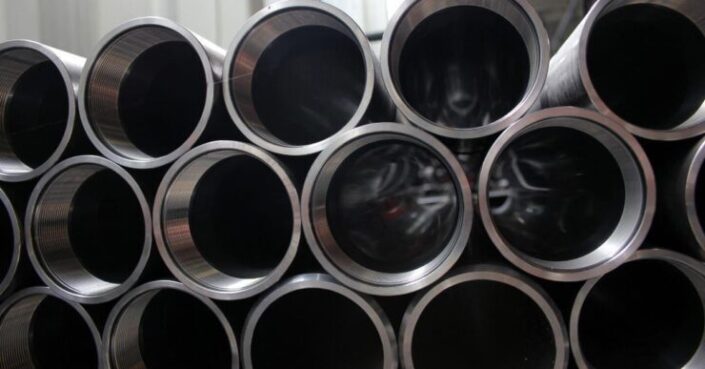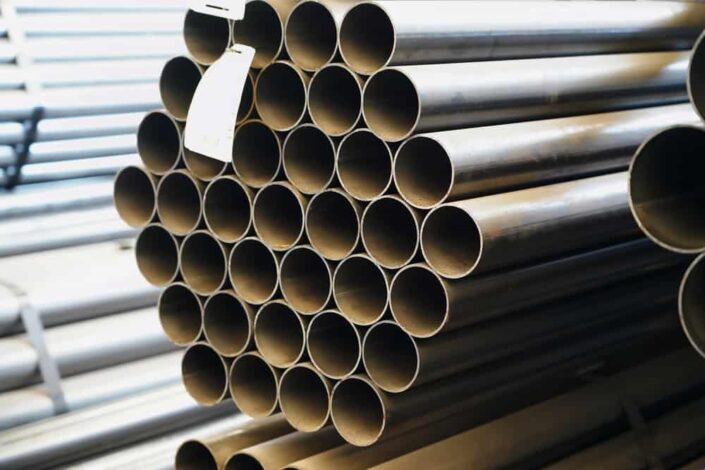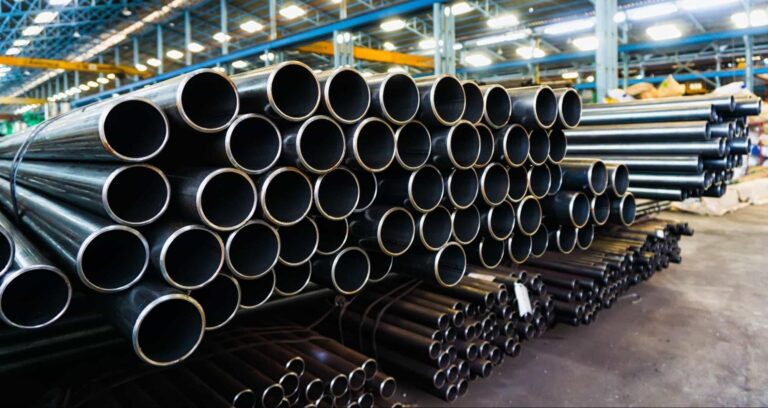Electric resistance welding (ERW) is a process used to join materials, most commonly pipes. It involves the application of heat and pressure to form a strong bond between two pieces of metal that have been fused.
This type of welding has been around for many years but has become increasingly popular due to its efficiency and cost-effectiveness in the piping industry. In this article, we will explore how the ERW pipe process works, what its benefits are, and when it should be used over other forms of pipe joining methods. By understanding these concepts you can make sure that your piping projects use the best possible technique for their specific needs.
Understanding the Production Process
When it comes to understanding the production process of electric resistance welding (ERW) in piping, it is important to be aware of the fundamentals. ERW pipe manufacturing involves a series of steps starting with steel coil uncoiling and ending with final finishing operations.
In between these two points, many aspects must be carefully considered including forming the pipe shape, welding technique selection, controlling heat input during welding, and inspecting for weld quality. By understanding how every stage works together within the production process, manufacturers can create high-quality pipes that meet their intended specifications.
The basic stages are described below; this will provide an overview of ERW pipe manufacturing so you can have a better understanding of how they are produced. The first step is to uncoil a steel strip from its roll at room temperature before performing pre-welding operations such as aligning strips end-to-end and ensuring proper gap widths between them based on desired thicknesses and other parameters.
This will ensure that when pressure rolls form the edges into round shapes later in the process, they fit together perfectly without leaving any gaps or overlaps in seams after being welded together by electrical resistance heating elements inside of them. After this initial shaping step has been completed successfully there needs to be careful monitoring throughout subsequent stages: forming precise angles using roller dies; controlling arc length around bends; selecting correct electrodes for different materials being used as well as varying amounts of current passing through them during each pass over contact surfaces; conducting nondestructive testing (NDT) methods like ultrasonic flaw detection tests before final product inspection takes place prior delivery or shipment outwards from factory premises. All these factors help ensure that no faults occur while producing superior quality pipes that meet customer requirements efficiently without compromising safety standards set forth by local authorities governing industrial practices within respective countries worldwide!
Quality Control Measures for ERW Pipe Manufacturing

In the production of ERW pipes, quality control measures are essential for ensuring that the highest standards of safety and efficiency are met. Quality control begins with an initial inspection of raw materials before production to ensure they meet industry requirements.
During the manufacturing process, manufacturers often use a range of techniques including non-destructive testing (NDT) such as radiography or ultrasonic testing to define weld integrity. Additionally, regular visual inspections throughout each step in production can help identify any potential flaws or defects in the pipe, while dimensional checks allow manufacturers to monitor any changes to shape and size during manufacturing.
Finally, after completing their entire process from forming back through welding and cutting, some producers may conduct additional hydrostatic tests or other tests that simulate real-world conditions before shipping out finished products. By utilizing these various quality control measures during ERW pipe manufacturing processes, companies can feel confident that their pipes will be made safely and efficiently according to industry standards for ultimate customer satisfaction.
Common Applications of ERW Piping
Electric Resistance Welding (ERW) is a common method used in the creation of pipes, and it has a wide range of uses. In this article, we will explore the applications of ERW pipes.
One of the most popular uses for ERW piping is water systems. This includes pipelines utilized to transport potable water from its source to homes and businesses, as well as irrigation lines that deliver fresh water to agricultural areas.
Additionally, fire suppression systems also rely on these types of pipes due to their strength and corrosion-resistance properties. ERW pipes are also commonly used in oil & gas industries around the world as they are highly reliable when it comes to transporting hydrocarbons over long distances safely under high pressures.
Furthermore, they are typically more cost-effective than other alternatives such as seamless pipes because there is no need for extra processing or welding operations after production has been completed. This type of piping can be found in many industrial processes too; from chemical plants where corrosive fluids must be contained securely to food manufacturing facilities where cleanliness requirements demand sanitary materials like stainless steel which often exceeds standard specifications when compared to traditional solutions such as galvanized iron or plastics products.
Finally, ERW tubes have become increasingly popular in construction projects due to their lightweight yet strong nature which makes them easier and cheaper than heavier alternatives like cast iron or concrete components while still providing good durability and reliability with regard to structural integrity over time.
Conclusion

Electric Resistance Welding (ERW) is an efficient and cost-effective method of producing pipes for many industries. The process involves creating a weld by using electricity to heat the edges of two strips of metal, which are then forced together under pressure.
This creates strong, durable, and consistent piping that can be used in a variety of applications such as fuel lines or water systems. ERW pipe is highly reliable due to its stringent manufacturing standards and quality assurance protocols.
Its high strength makes it ideal for construction projects requiring heavy-duty piping solutions while its low price makes it an attractive option for budget-conscious consumers. Ultimately, ERW pipe provides superior performance and cost savings when compared to traditional welding techniques making it the ideal choice for any project requiring piping solutions.

